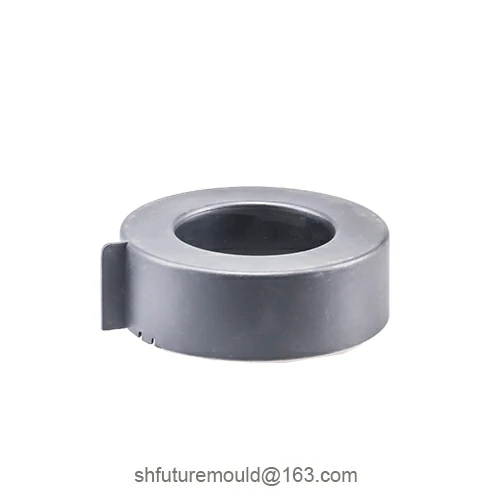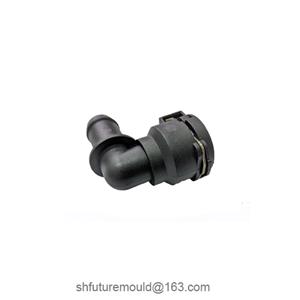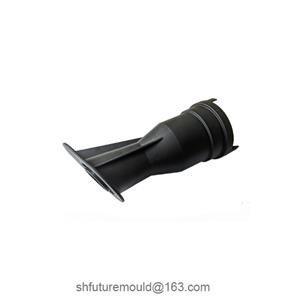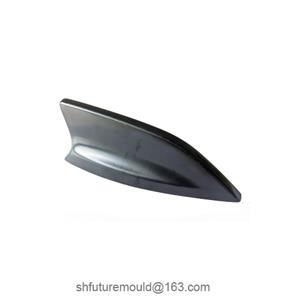Color Variation Issues in Injection Molding and Their Solutions
Color variation in injection molding is a common and troublesome issue during production. It not only affects product quality but also leads to decreased production efficiency and increased costs.
Causes of Color Variation
1. Material-related Causes:
Resin Batch Differences: Different batches of resin may exhibit color variations, even for the same type.
Masterbatch Quality Instability: Factors such as the concentration, dispersibility, and stability of masterbatches can affect the coloring effect.
Pigment Quality Issues: The purity, particle size, and surface treatment of pigments can all affect the coloring effect.
2. Process-related Causes:
Injection Temperature: Temperatures that are too high or too low can affect pigment dispersion, leading to color variations.
Injection Pressure: Excessive or insufficient pressure can affect the flowability of the melt, impacting the uniformity of coloring.
Screw Speed: Speeds that are too fast or too slow can affect pigment dispersion, leading to color variations.
Mold Temperature: Low mold temperatures can easily lead to flow marks and color variations.
Filling Time: Excessive filling time can easily lead to color variations.
3. Equipment-related Causes:
Measurement Equipment Accuracy: Low accuracy of measurement equipment can lead to inaccurate material ratios and color variations.
Mixing Equipment Performance: Poor performance of mixing equipment can lead to uneven pigment dispersion and color variations.
Solutions to Color Variation Problems
1. Material Control:
Strictly control the batches of resins, masterbatches, and pigments to ensure their stability.
Establish a complete material inspection system to conduct strict inspections of materials.
2. Process Optimization:
Optimize injection molding process parameters, such as injection temperature, pressure, and speed.
Adopt a reasonable mold design to ensure uniform mold temperature.
Shorten the filling time to improve filling uniformity.
3. Equipment Maintenance:
Regularly calibrate and maintain measurement and mixing equipment.
Ensure equipment cleanliness to prevent the mixing of impurities.
- Injection Mold
- Automotive Injection Mold
- Electronics & Electrical Injection Mold
- Consumer Goods Injection Mold
- Airplane Components Injection Mold
- Medical Components Injection Mold
- Irrigation Components Injection Mold
- Injection Molds




